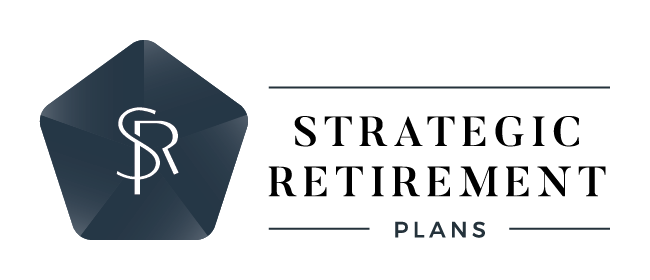As we look at the trajectory of the U.S. economic recovery, once again this year we see a light at the end of the tunnel and wonder if it is an oncoming train. At this point, it looks as if 2012 may bring the start of sustainable growth. But the end result remains vulnerable to outside influences, so the real question is, How will we know?
The bright spots: employment and housing
When it comes to sustainable growth, economists focus on a number of key indicators, including:
- Employment. Employment generates wage income, which is the base of consumption. Consumption accounts for more than two-thirds of our economy, so without growing employment, we can’t grow anything else with any lasting momentum. The 2012 employment picture has been encouraging, despite some recent weakness. Increases in employment have been accompanied by growth in incomes, which has helped to support an increase in consumer spending.
- Housing. We’re starting to see rising prices in some markets, as well as an uptick in housing starts. Combine that with high affordability levels, low mortgage rates, and rising rents, and you’ve got a recipe for a continued recovery.
- Durable goods demand. You may not need a new car every year, but you will eventually, and it seems that many Americans are digging into their pockets to fund big-ticket purchases again.
Are these improvements sustainable? They could be. The current level of employment growth seems to be sustainable around a trend line that would promote continued recovery; continued growth in spending would follow as a result. The housing recovery and growth in durable goods demand should also be able to continue their forward trajectory. Factor in a gradual recovery in local and state government spending and slow growth in business investment—both of which are occurring—and the recovery appears to be on track.
So what could derail it?
The obstacles: political vs. economic
Major obstacles to the ongoing economic recovery would likely be external events:
- A war in the Middle East
- A European economic collapse
- A significant political event in the U.S.
Of the three, the most probable seems to be the last (although ongoing debt concerns in Europe have certainly added to market volatility). Notably, however, all three examples are political, not economic, events. That political events now trump economic ones is a reflection of the new world order. In some sense, though, this is just a reversion to the origins of the economics discipline, when it was known as political economy. Events in the real world are once again dominating those in the financial world.
Which brings us to the major issue of the day.
The oncoming train?
It’s no secret that the U.S. has budget problems, which came to light in a very public way last summer with the debate in Congress over whether or not to raise the debt ceiling. Now, we have to face the reality that this year’s presidential election will determine the government that will have to make long-term decisions about how to deal with the country’s budget woes.
To understand the basis of the decisions they will make, we must first understand the underlying facts:
- The so-called fiscal cliff. The expiration of the Bush tax cuts, the sequestration of government spending, and the renewed debate over the debt ceiling are all expected to hit at the end of the year—or sooner. As a result, we could be facing some extreme uncertainty and the possible derailment of the economic improvements we’ve seen thus far.
- Spending and taxes. We currently spend about 50 percent more than we raise in taxes; taxes cover about two-thirds of spending and borrowing accounts for about one-third.
- Should we just raise taxes? The numbers above mean that if we raised taxes without cutting spending, taxes would have to go up by about 50 percent.
- What about cutting spending alone? We would either have to substantially eliminate discretionary spending (defense and other government programs) or cut back on discretionary spending while also reducing Social Security and Medicare spending. Neither “solution” would sit well with U.S. citizens; just look at what happened in Greece.
The light
Despite how uncertain our economic picture may be, especially when you consider the political obstacles that could derail the recovery, there are positive developments at work. As financial advisors, we work with investors to help keep their financial plans on track, regardless of what the future brings. And we’ll be keeping an eye on that light in the tunnel and hoping for the best.


